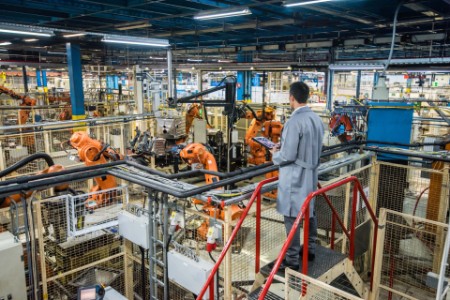7. Changes in production rates — emergence of supply chain bottlenecks
In response to global trade policy changes, manufacturers are shifting production to countries with lower tariff exposure. This has caused supply chain bottlenecks in specialized areas, such as casting and forging, during high production. As passenger traffic grows, commercial airlines are increasing orders for both wide-body and narrow-body aircraft, driving up production demand and increasing backlogs.
8. Business reorganization or restructuring — more spinoffs, acquisitions and divestments
Companies are using spinoffs, acquisitions and divestments to achieve a more focused business structure. Centralization of business functions continues to be a key productivity improvement strategy for companies in all subsectors. At the same time, some industrial peers are transferring accountability for product and sales decisions from corporate and geographical leaders to business unit leaders, increasing agility and bringing decision-making closer to the customer.
9. Competitive environment — revenues and profit margins kept stable
Companies in all AM subsectors are increasing prices in response to rising costs of raw materials and additional tariffs to supply chain expenses. However, they are keeping revenues and profit margins stable by implementing pricing discipline in products and services. Also, manufacturers are giving more importance to quality and innovation to stand out from the competition.
10. Geopolitical environment — tariff uncertainties affecting business confidence
Leaders feel that ongoing trade and tariff uncertainties are lowering business and consumer confidence, potentially reducing economic growth. Brexit-related discussions have been more muted compared with the previous quarter. However, the situation is still contributing to short-term uncertainty.


